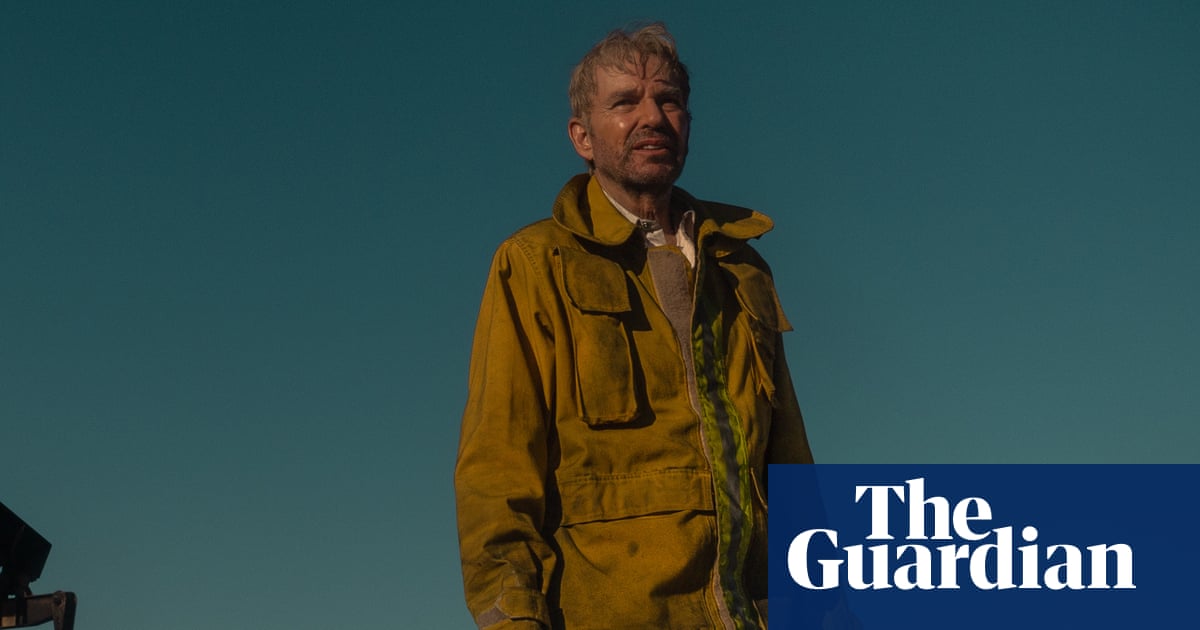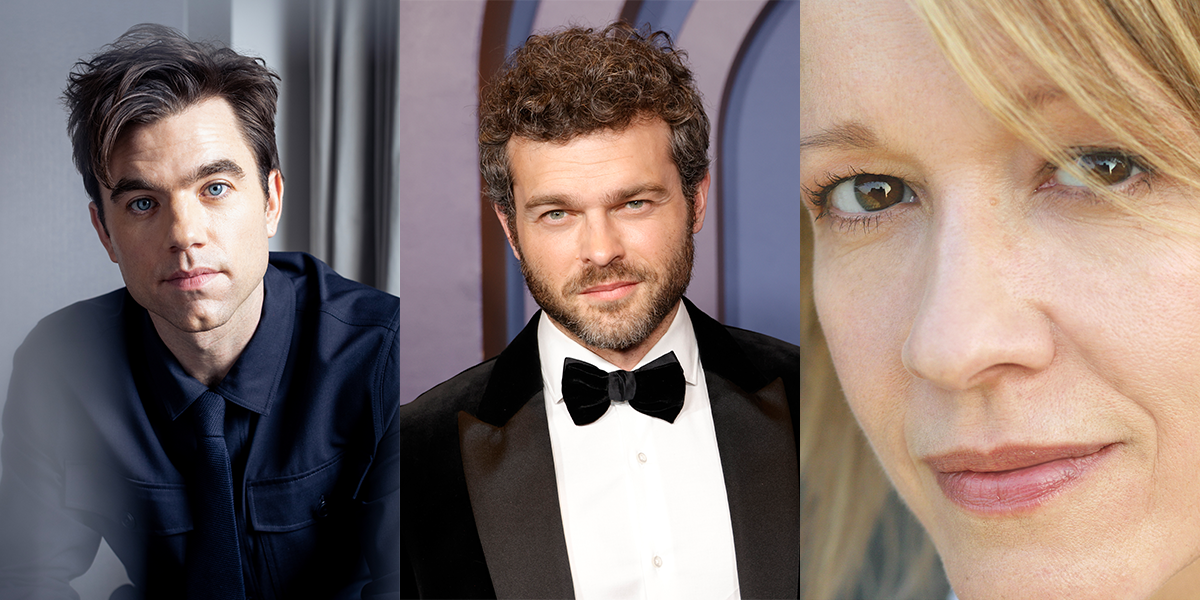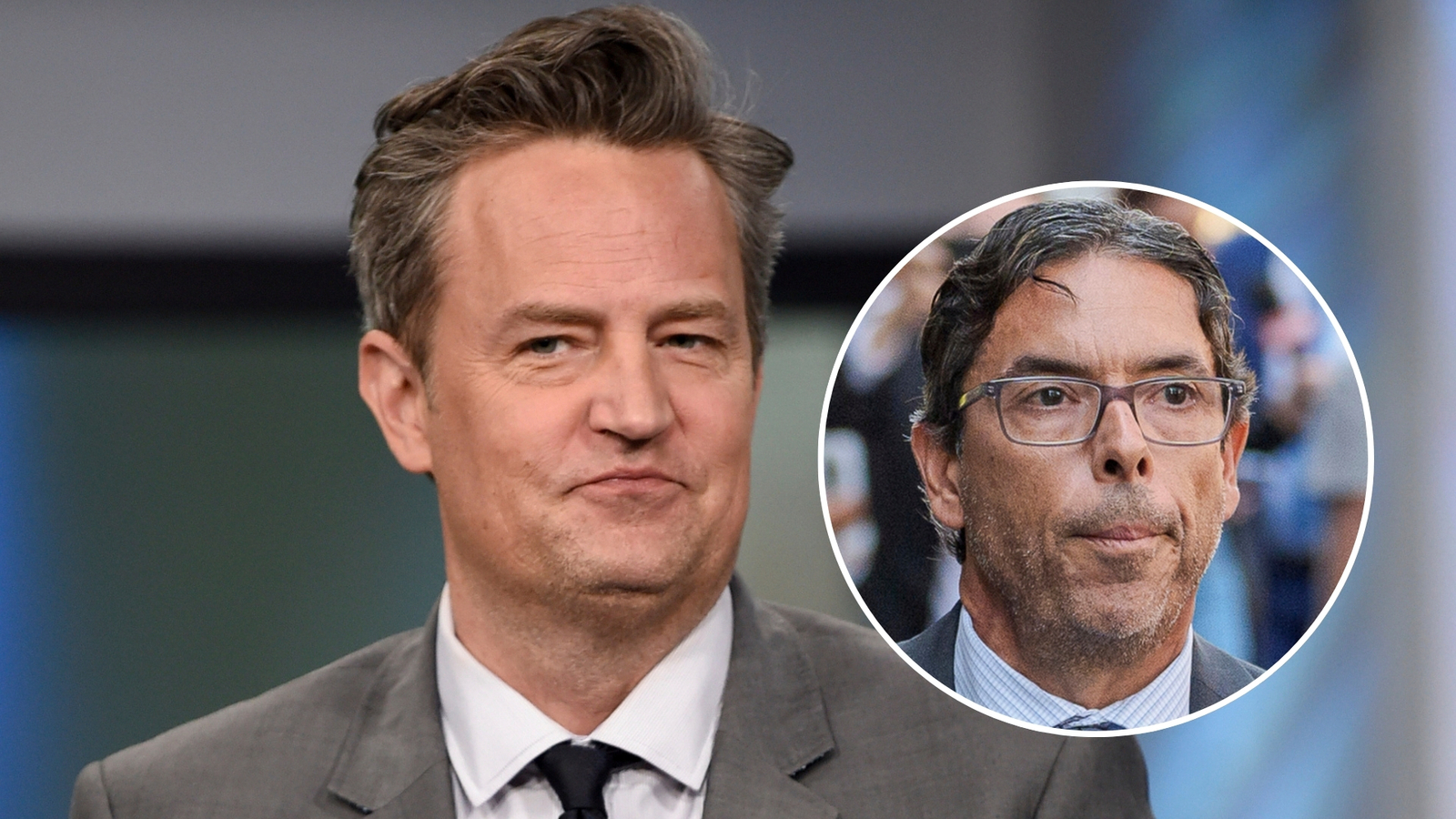KNOXVILLE, Tenn., Dec. 16, 2025 /PRNewswire/ — Regal is excited to launch its Back to the Beginning movie programming, a curated film series featuring origin stories and famous firsts, across the 31 days of January to…
The concert is scheduled for Saturday, May 2, 2026
SAN ANTONIO – Romeo Santos and Prince Royce are set to perform at the Frost…









